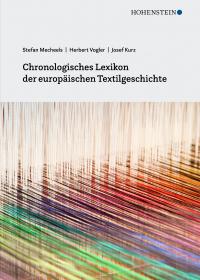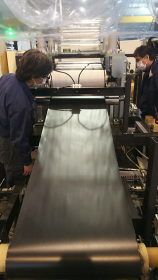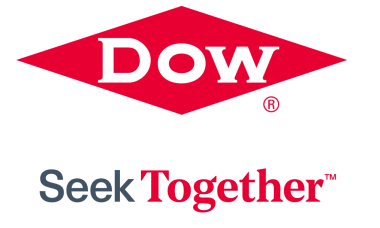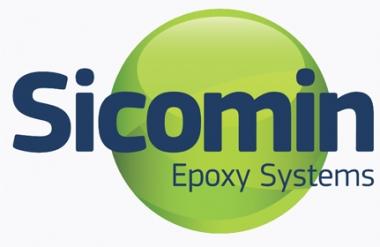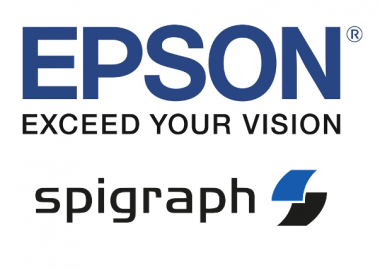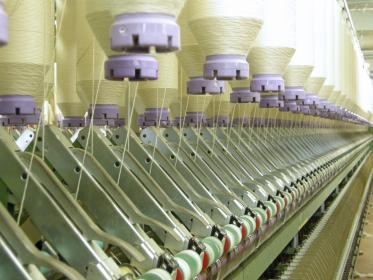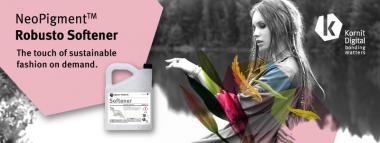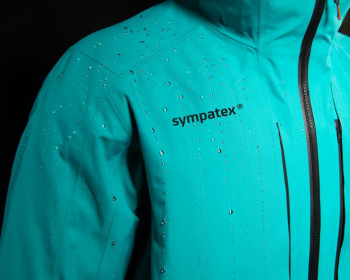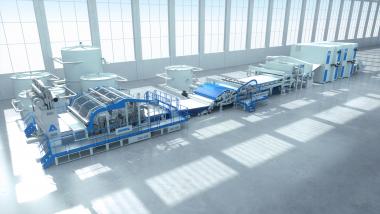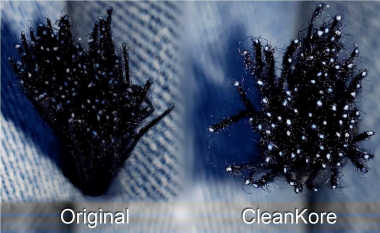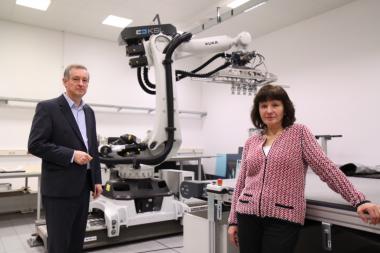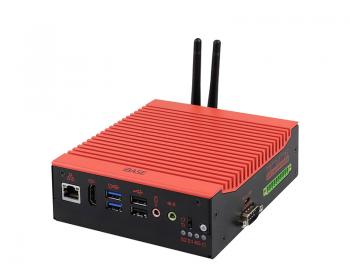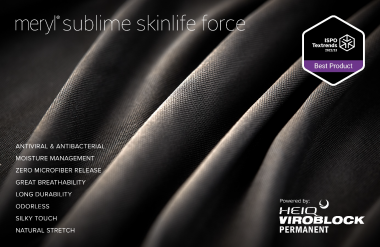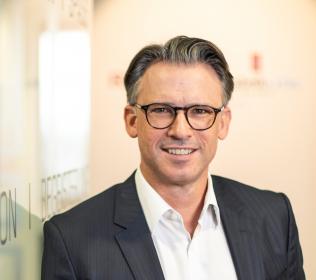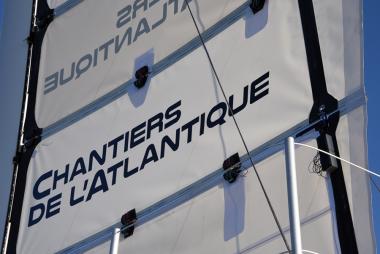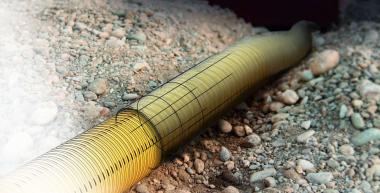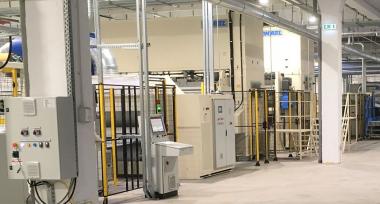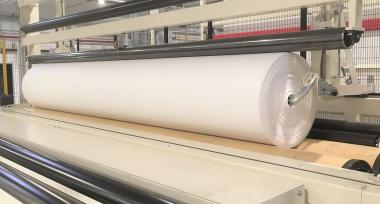Hohenstein: Zugang zu neuem Textillexikon
Über die Lernplattform des Textilprüfdienstleisters Hohenstein ist das neue interaktive eBook „Chronologisches Lexikon der europäischen Textilgeschichte“ von Prof. Dr. Stefan Mecheels (CEO Hohenstein), Prof. Dr. h.c. Josef Kurz (Stellv. Institutsleiter Hohenstein) und Herbert Vogler (Textilchemiker) für alle Interessierte frei zugänglich.
Das Kompendium gewährt auf mehr als 350 Seiten einen umfassenden Überblick über die europäische Textilgeschichte. Der Bogen spannt sich von den ersten Anfängen in vorchristlicher Zeit über wichtige Ereignisse in kulturhistorischen Zusammenhängen bis hin zu modernen Entwicklungen.
Die Autoren erarbeiteten die Inhalte in jahrelanger Recherchearbeit basierend auf ihrem eigenen fundierten Fachwissen. Dabei kam ihnen nicht zuletzt ihre umfangreiche Erfahrung in der Textilbranche im Allgemeinen und bei Hohenstein im Speziellen zugute. Besondere Authentizität verliehen die Autoren dem Werk durch Einbeziehung von überlieferten Publikationen zum Thema Textilien – teils Jahrhunderte alt.
Hohenstein


